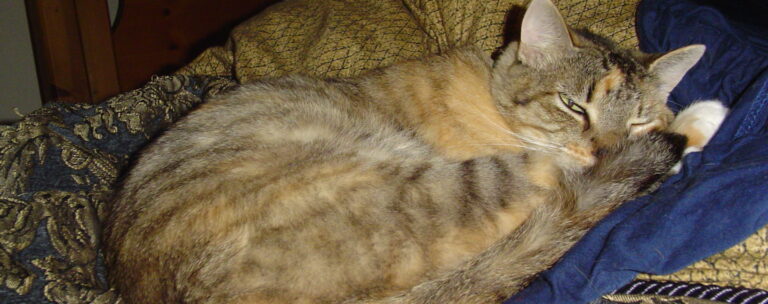When you’re running a cPanel & WHM server, you want to make sure that you get the most bang out of every bit of memory you can. To help you do this, cPanel & WHM version 56 will include additional settings to reduce unnecessary memory consumption. We’ve expanded and improved the dormant mode setting that’s available for cPanel & WHM services.
Services enter dormant mode when they’ve been idle for a set amount of time, and remain dormant until the system “wakes” them. When we enabled dormant mode for all of the available services on our 64-bit CentOS 7 testing servers, we observed a 200 MB total reduction in memory usage for idle services! For individual services, that’s:
- 35 MB for cpdavd (cPanel & WHM’s WebDav daemon)
- 17 MB for cphulkd (cPanel & WHM’s brute force protection daemon)
- 30 MB for cpsrvd (cPanel & WHM’s service manager daemon)
- 25 MB for dnsadmin (cPanel & WHM’s DNS management daemon)
- 93 MB for spamd (the Apache SpamAssassin™ daemon)
We anticipate even greater memory savings during dormant mode on servers with a large number of domains or accounts, and on servers with large and well-trained spam databases. Of course, memory reduction will vary based on operating system, architecture, and RAM configuration, with 32-bit systems experiencing less savings than 64-bit systems.
You can enable or disable the Dormant services setting in the Software section of WHM’s Tweak Settings interface (Home >> Server Configuration >> Tweak Settings) for all of the services listed above. The upgrade to cPanel & WHM version 56 will enable the Dormant services setting for all of these services. We also updated both the new and existing dormant mode capabilities to ensure that Tailwatch checks do not wake dormant services or prevent dormant mode.
To disable this setting, use WHM’s Tweak Settings interface (Home >> Server Configuration >> Tweak Settings). (Because cPanel & WHM stores this setting dynamically, you should not modify the value directly in the /var/cpanel/cpanel.config file.) Anyone using custom dnsadmin plugins that use custom ports must disable the dnsadmin option, or you may experience problems after the upgrade.


